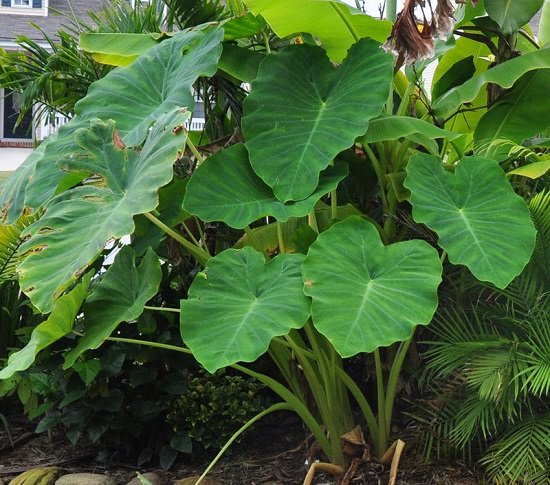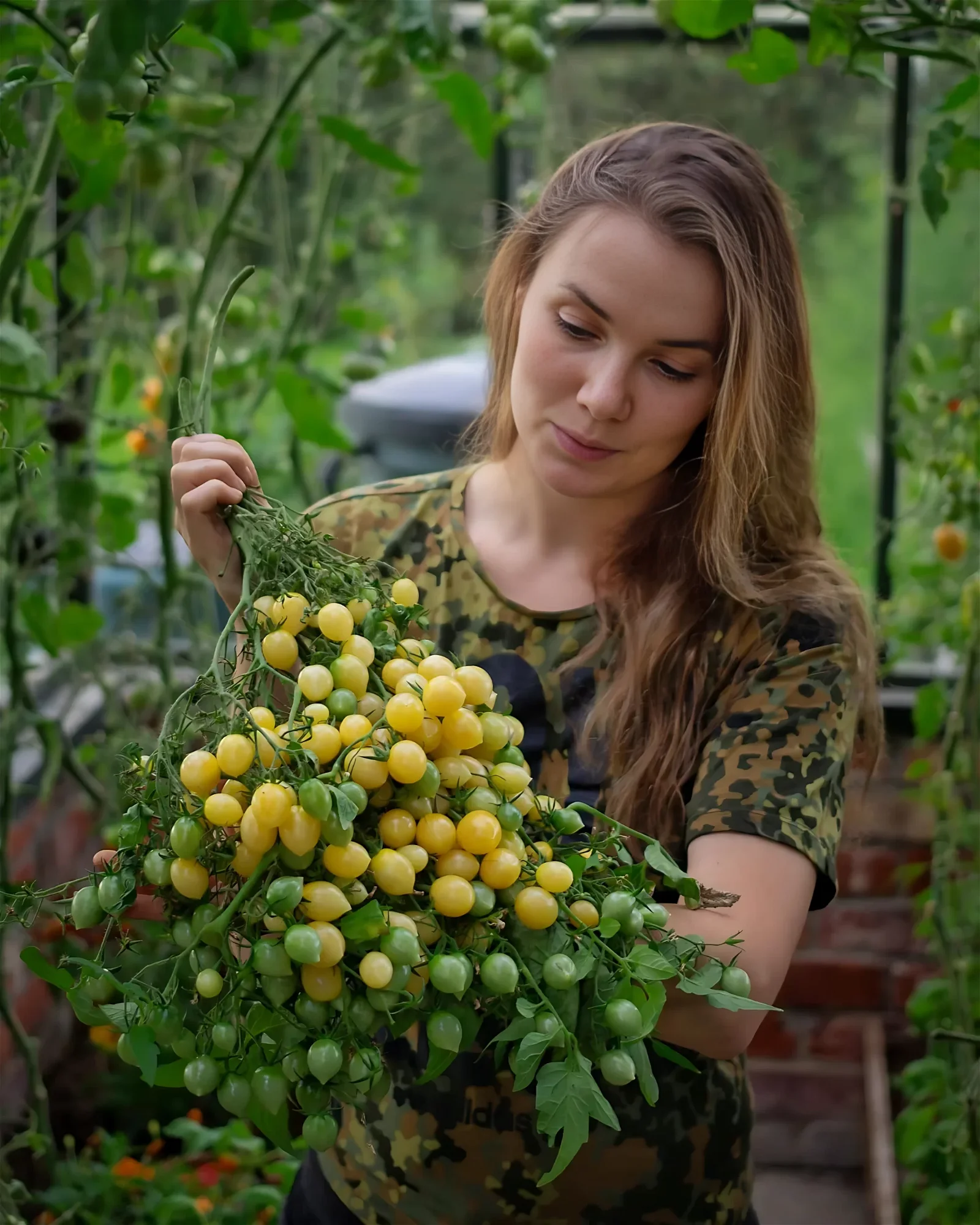One of the earliest cultivated plants, growing this starchy and sweet flavored veggie is fun! Let’s have a look at How to Grow Taro!

Botanical Name: Colocasia esculenta
USDA Zones: 9 – 11
Check out our article on growing Elephant ear here!
Planting Time
Planting taro is done at the beginning of the spring when weather conditions are more favorable for this herbaceous plant. Whereas, in the warm climate, it can be planted anytime.
How to Grow Taro?
The easiest way to propagate taro is from tubers, which you can get from a nearby nursery. You can also get them from an Asian grocery store! Put the tuber in a compost-rich and well-draining soil. Keep the soil moist and you will see the tuber sprouting in 1-2 weeks.
Here’s everything you need to know about growing Broccoli in pots!
Growing Conditions
Taro grows best in the hot and humid weather, and the ideal temperature for growing taro falls between 68 F – 95 F (20 C to 35 C). The plant does not support low temperatures and won’t thrive below 50 F (10 C).
Want to know how to grow fennel in pots? Click here!
Requirements for Growing Taro/Arbi
Sun
Growing taro in partial shade or filtered sunlight is ideal. Avoid keeping the plant in harsh sunlight for long durations.
Soil
Grow it in the well-drained and fertile soil, which is rich in organic matter. Soil should be slightly acidic to neutral with a pH level between 5.5 to 6.5. Avoid compacted and clay-rich soil.
Watering
Water frequently and deeply to always keep the soil moist. Adult plants are drought-resistant but don’t grow long in the lack of water.
Some taro cultivars grow in in flood-prone areas with running water or on the banks of waterways. Stagnant water sites are not suitable for them because the corms may rot more easily in these conditions.
Check out our article on growing cabbages in pots here!
Taro Plant Care
Weeding
Remove invasive plants and weeds that are competing for nutrients and resources, especially during the first three months of planting.
Fertilizer
The fertilizer you use should be high in nitrogen and potassium. Feeding the plant with 24-8-16 fertilizer every month or according to the product’s instructions is enough for healthy growth.
Pests and diseases
Taro plant pests are taro beetle, which recently became a problem and had been blamed for the loss of 40% of the harvested taro in Fiji. Cluster caterpillars and grasshoppers are other pests you should look for. In diseases, nematodes and taro leaf blight can also be a problem.
Here is all you need to know about growing eggplant in pots!
Harvesting
Taro corms (thickened underground stems, also called roots) are ready for harvest in 7 to 12 months (depending on the growing conditions and varieties) after planting. When leaves begin to turn yellow and corms start to push out of the soil, you can start picking them without damaging the plant.
Taro leaves, and their petioles are also edible but only after being cooked and can be harvested anytime.
Note: The Sap of the plant can cause mild irritation to skin, eyes, and mucous membranes. Harvest carefully wearing gloves.
Want to grow cucamelon effortlessly? Here’s everything you need to know!
Other Species Called Taro
- Colocasia Gigantea: Its corms are inedible. Only the stems and leaves are edible that too mostly in Japan and South-East Asia.
- Alocasia Macrorrhizos: It belongs to the Araceae family, native to Malaysia, and called Elephant ear taro. Its leaves remain almost horizontal. Edible only after long cooking time.
- Cyrtosperma Merkusii: Grows mostly in Oceania and South Asia, in flood-prone areas, thus called Giant swamp taro.
- Xanthosoma Sagittifolium: Also known as taro, it has leaves similar to leaves of Alocasia and Cyrtosperma genres but can be distinguished by the position of their leaves, pointing down.



